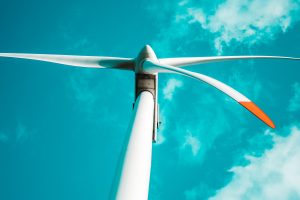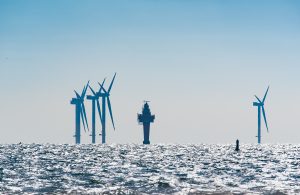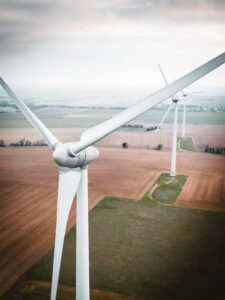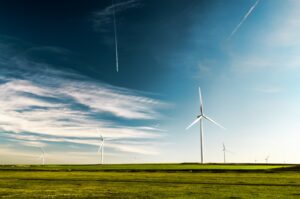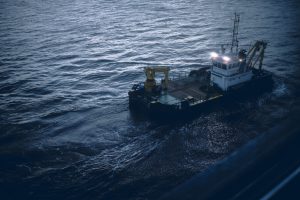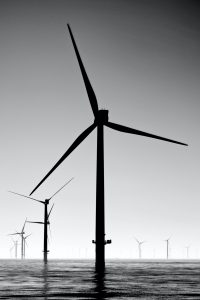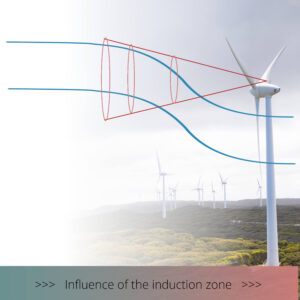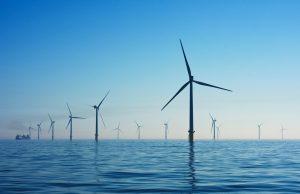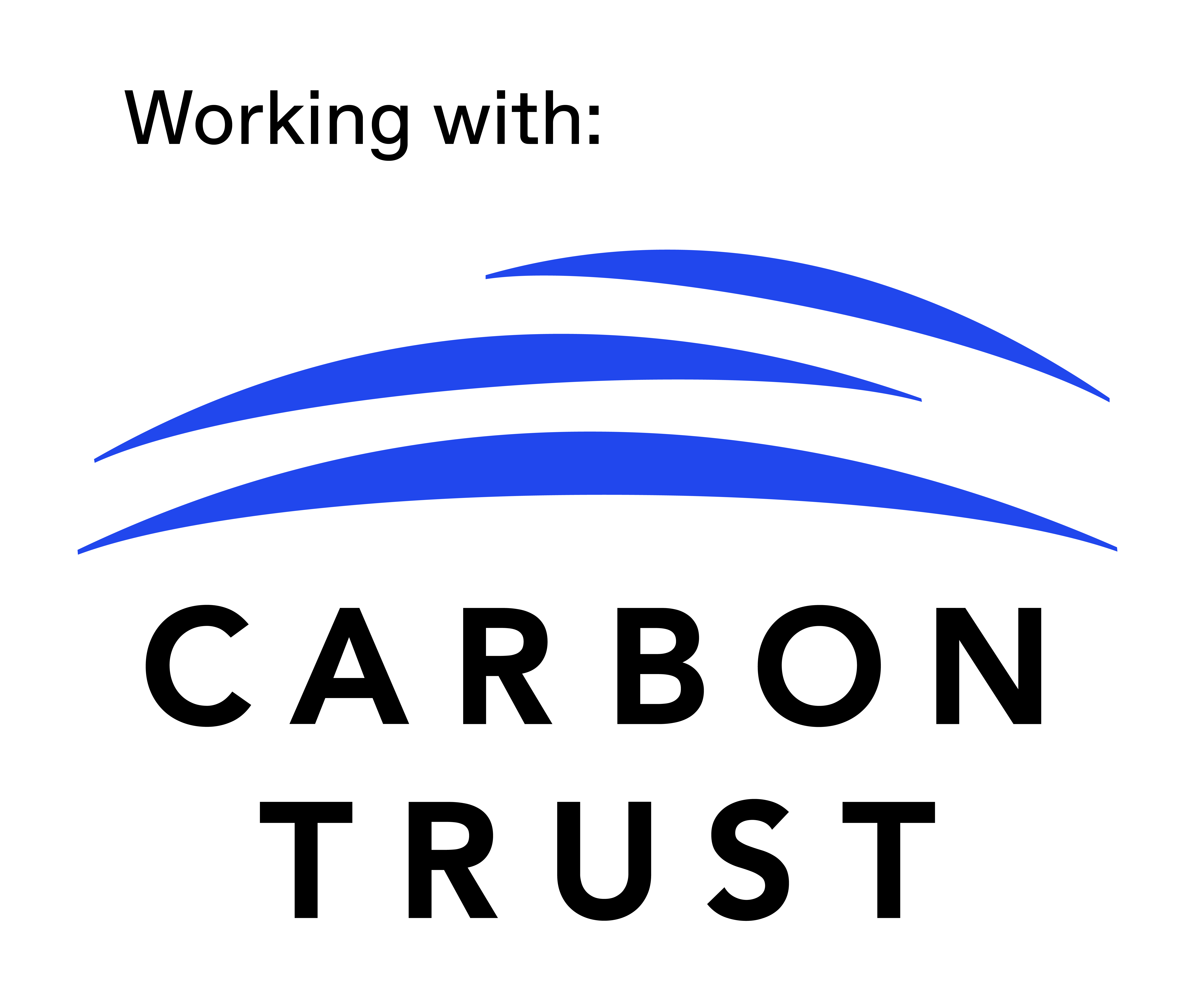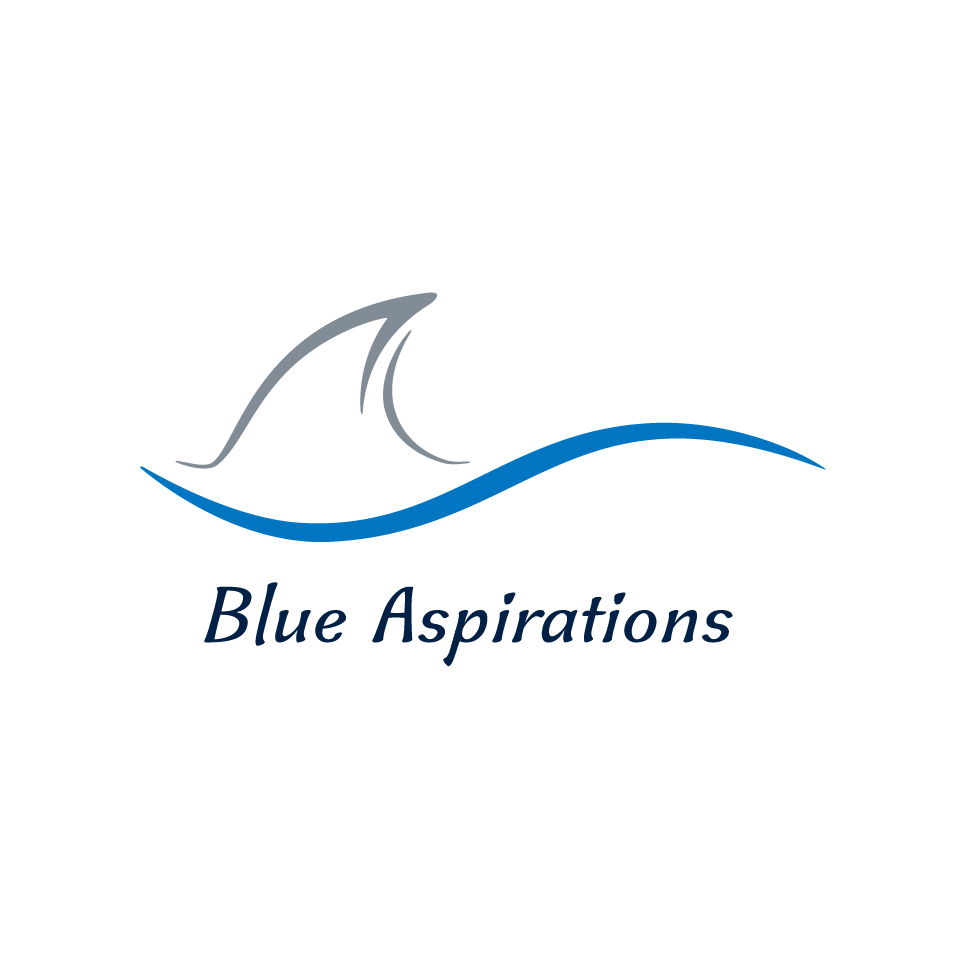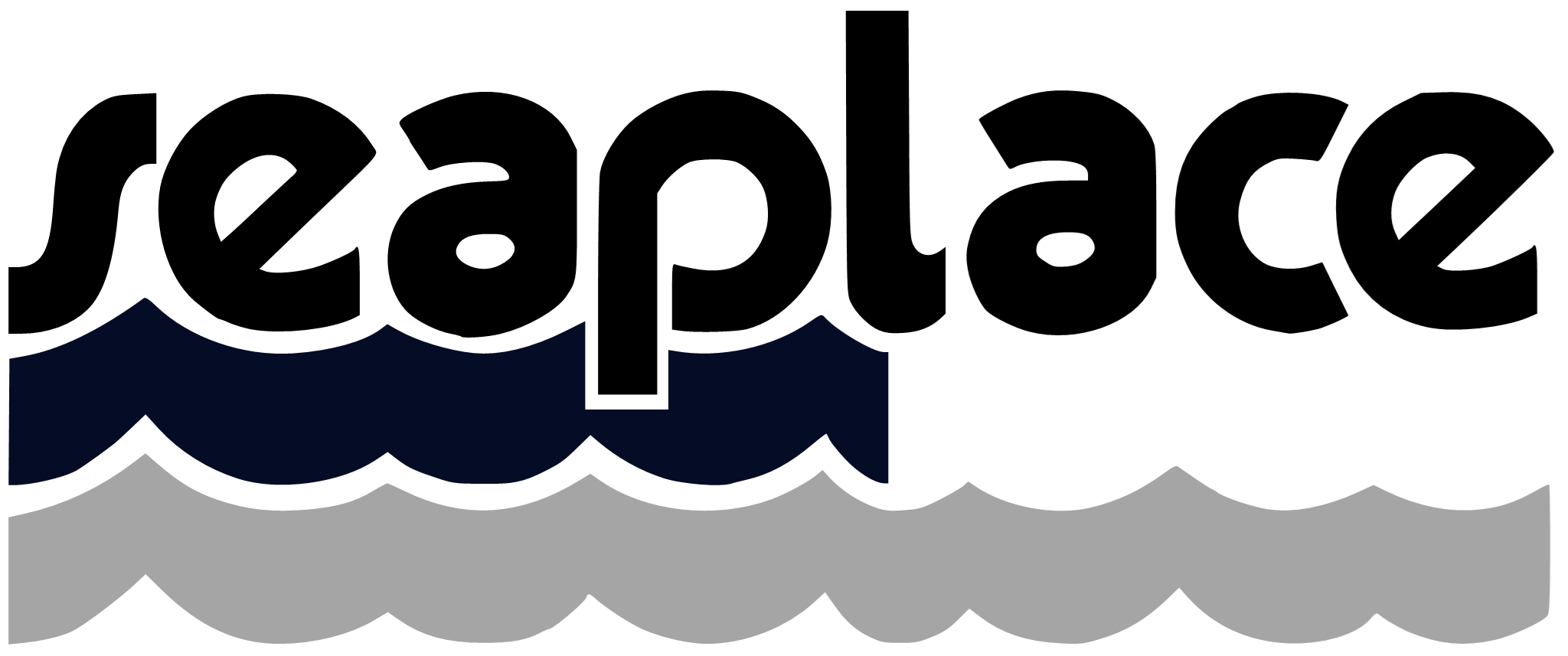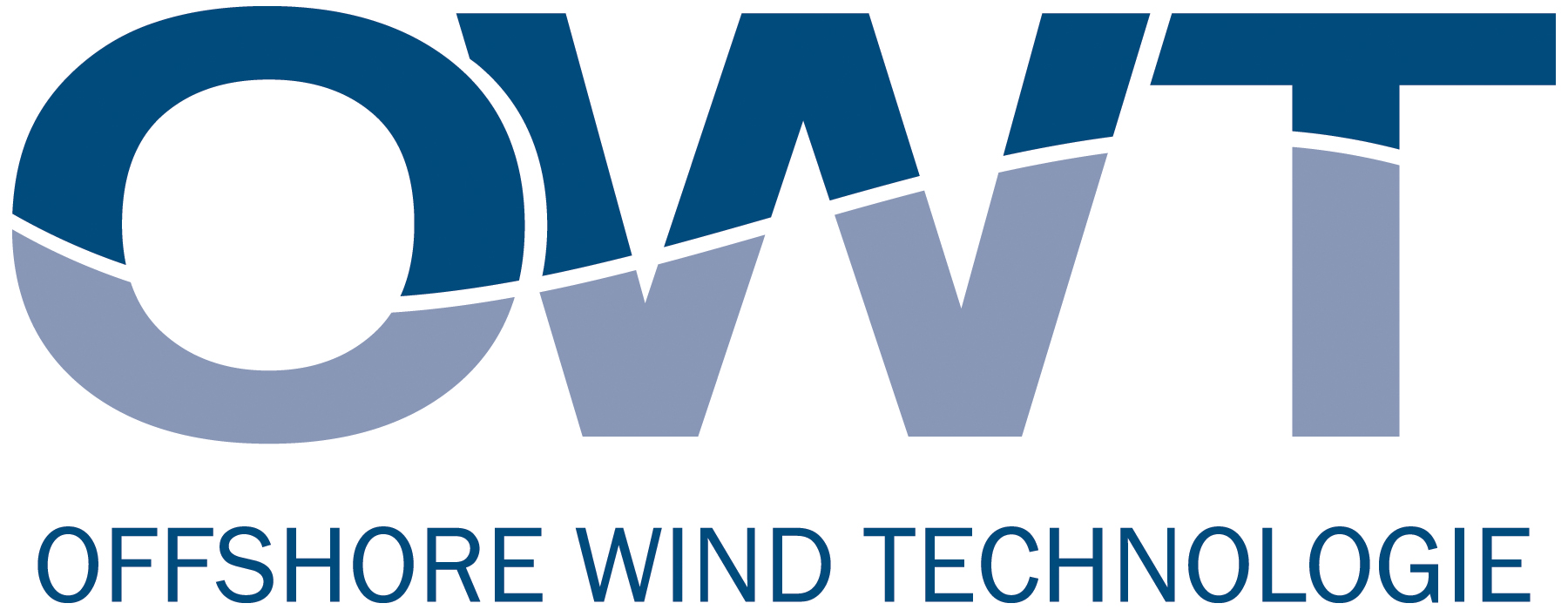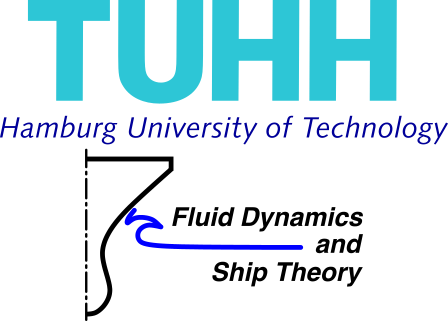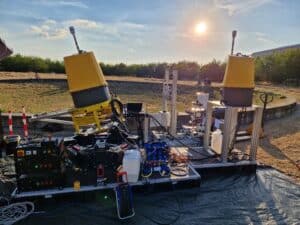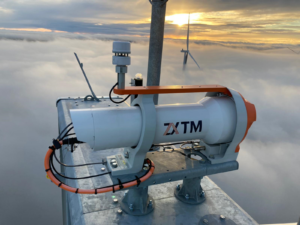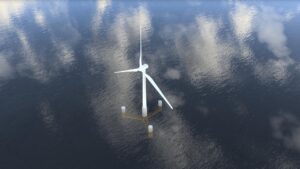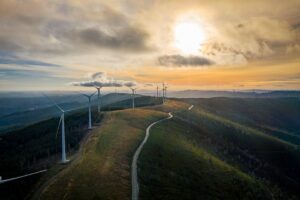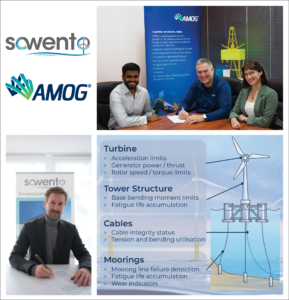Lidar-assisted Control
New remote sensing techniques like lidar help to improve operation of wind turbines. The lidar system provides inflow information to the wind turbine control system. This enables the controller to react to incoming wind gusts in time and to adapt to the current wind situation. The team of sowento has been constantly involved in leveraging the benefits of the lidar technology. With an expertise of more than 12 years David Schlipf, the Head of the Lidar Technology at sowento, can look back at numerous engagements in field testing campaigns, application on several wind turbines and a high number of scientific publications in the field of lidar-assisted control.
sowento’s Lidar Technology group is engaged to achieve the highest performance for your wind turbine and make the most of your lidar devices. Whether you are planning measurement campaigns, you need recommendations on the roadmap to introduce lidar-assisted control to your wind turbine portfolio, or you want to leverage lidar systems for wind turbine control, you can benefit from our experience and expertise in the field and benefit from sowento’s software solutions.
Lidar-assisted control engineering services
Our engineering services for wind turbine OEMs are tailored to support the technology roadmap in introducing a new technology to the portfolio and minimizing the risk of failure during the introduction process. We believe in the digitalization of wind energy systems and thus, advanced sensors like lidar systems will play a key role in the systems of tomorrow. Follow the global technology trend of becoming adaptive and adjustable, smart wind turbine will make use of additional sensors, and advanced software and controllers.
Our service offer starts with the first investigation of the technology and ends with certification support and improving control performance. The main services are
- Feasibility studies
- Cost-benefit analysis of lidar-assisted control
- Simulation studies
- Design of lidar-assisted controllers (addressing fatigue and/or extreme loads)
- Support in field testing
- Certification Support
- Integrated Design, where the entire wind turbine is designed considering lidar-assisted control
Lidar-assisted control software
We believe in the digitalization of wind energy systems. Thus, wind turbines and lidar systems will follow the global technology trend of becoming adaptive to their environment and adjustable in operation. sowento has ready-to-use software solutions for different use cases of lidar-assisted contol.
- smart lidar – modular data processing
- Lidar-data processing for wind turbine control – sowento LDP
- Turbulence estimation for controller scheduling – sowento TI
- Extreme event management – sowento EEM
- Baseline feedforward controller – sowento BASE
- Advanced multi-variable feedforward control – sowento MULTI
Contact us for your specific request
Get in touch with Steffen to discuss your needs.
